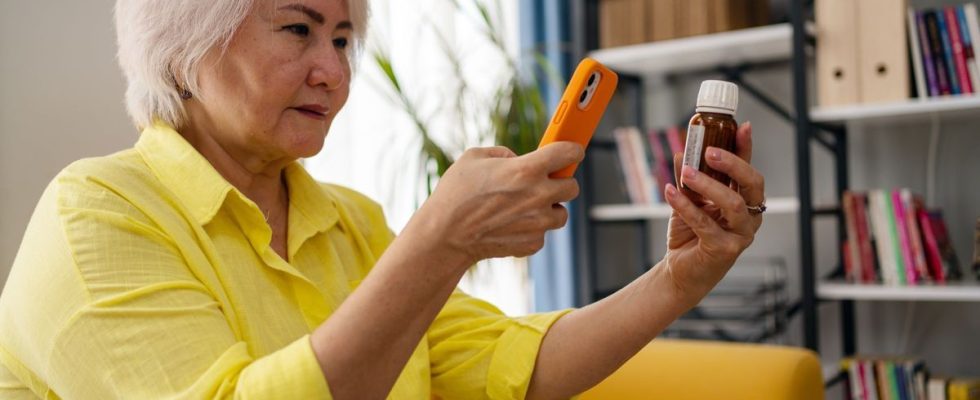Published on
Updated
Reading 1 min.
Towards the end of paper medication inserts? An experiment will be launched in 2024 with first “the addition of a QR code” to certain boxes sold in pharmacies with a view to possible elimination of paper in the future, the ministries concerned announced on Friday.
This “dematerialization” of notices is part of a broader strategy of “ecological planning” of the health system led in particular by the ministers Agnès Firmin Le Bodo (Territorial organization and health professions), Roland Lescure (Industry) and Stanislas Guérini ( Public function).
The one-year experiment will begin in the “first quarter of 2024”, will concern “a panel” of selected drugs and will be carried out simultaneously, but in a differentiated manner, in the hospital and in community pharmacies, they told AFP. the ministries concerned.
At the hospital, the test will consist of removing paper notices “immediately“, “since they are not used at all in pharmacies for indoor use“, they detailed.
In town pharmacies, on the other hand, the paper instructions will be kept at this stage, but a QR code will be added to the box. It will refer to “reinforced information” in line with “different media, which could be videos, more readable, interactive sheets“.
The experiment will be led by the National Medicines Safety Agency (ANSM) and the Directorate General of Health.
Among the drugs concerned are molecules “general public such as paracetamol or ibuprofen“, of the “prescription medications“fairly widespread such as antibiotics, but also drugs against chronic diseases including cancer.
The government’s objective isto evaluate the appropriation of the QR code by patients“and, depending on the results, this”may evolve towards the elimination of the paper notice“.
For the future, various “solutions“are on the table, including a possible”provision for pharmacists of paper instructions“for people”struggling to access digital information“.
The ministers also announce a “current work 2024“on a news”methodology for calculating the carbon footprint of health products, in particular medicines“.
This methodology should make it possible to “strengthen consideration of the environmental footprint in public procurement” And “potentially ultimately in economic regulation mechanisms“health products.
Health products represent 54% of greenhouse gas (GHG) emissions from the health sector, which itself emits 8% of national GHGs.
